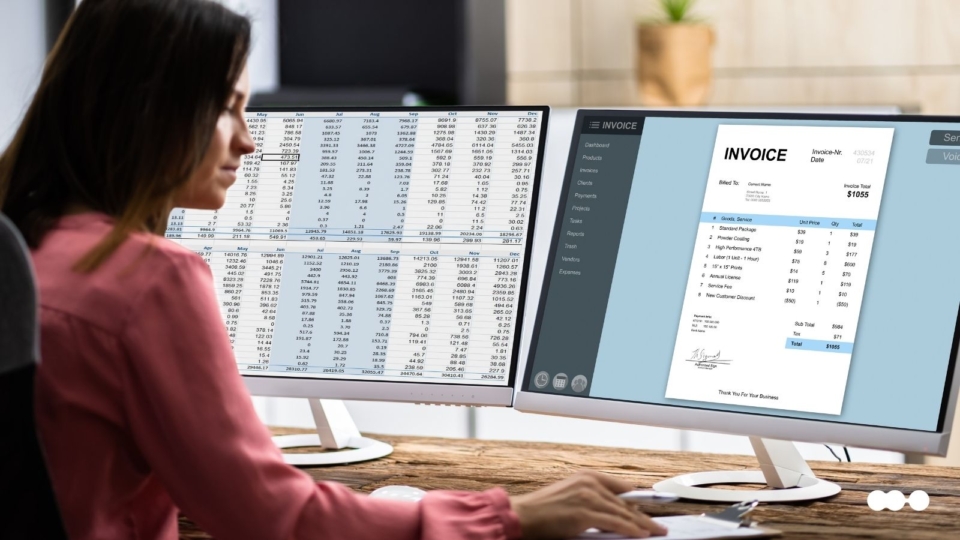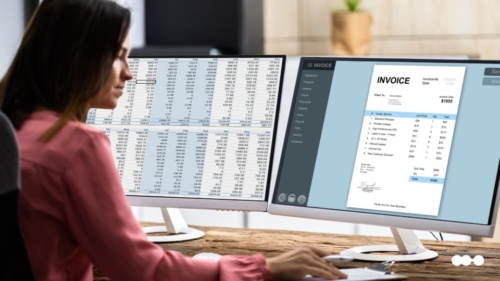
Automating AP and AR have several Key Benefits, and manually managing them used to work fine — until it didn’t. As companies grow and need to move faster and stay secure, automation goes from being a “nice-to-have” to an absolute must. When you pair it with tools like BPM, BPA, and RPA, the benefits go far beyond just saving time — we’re talking fewer mistakes, smoother cash flow, and lower costs.
In this article, we’ll walk through how automation is changing the game for finance teams and why upgrading your AP/AR processes might be one of the best moves you make for your business.
The Role of Automation in Managing Accounts Payable and Receivable
Let’s break it down: automating AP and AR is all about using smart tech to handle things like payments, collections, reconciliations, and even forecasting — so finance teams can stay on top of cash flow without drowning in spreadsheets.
Here’s how some of the core tech helps:
- BPA (Business Process Automation): Great for taking repetitive tasks off your plate and reducing slip-ups.
- BPM (Business Process Management): Helps you see the bigger picture, standardize workflows, and stay compliant.
Put them together with RPA (Robotic Process Automation), and you get a lean, scalable financial process that grows with your business — without piling on more admin work.
Key Benefits of Automation
Automating your payment and receivables processes doesn’t just help your finance team — it can shift how your whole company operates. Let’s take a look at some of the biggest wins:
- Fewer Errors and Less Room for Fraud
Let’s face it — manually entering payments or invoices opens the door to mistakes. One typo or a double payment can turn into a real headache.
How automation helps:
- Flags payment or invoice errors before they cause problems
- Adds extra layers of security with digital approvals and logs
- Prevents late fees or duplicate payments
Real-world example: An automated system can instantly catch if an invoice shows up twice — and stop it from being paid again.
- More Time for the Work That Matters
Finance teams are often stuck doing the same manual tasks over and over. Automation gives them that time back.
What it can do:
- Link up with banks and ERPs to handle payments automatically
- Send reminders before deadlines so nothing gets missed
- Make reconciliations much less painful (and less time-consuming)
Real-world example: Need to send invoices every month? Set it and forget it — automation takes care of it and frees your team up to focus on strategy.
- Real-Time Cash Flow Insights
When you’re running a business, knowing where your money is — and where it’s going — matters. Automation gives you that clarity without the guesswork.
Here’s how:
- Dashboards that show cash flow in real-time
- Forecasting tools that help you plan better
- Easy integration with your accounting software so everything syncs up
Real-world example: A finance manager can open a dashboard and instantly see upcoming payments and incoming revenue — no digging required.
- Stronger Relationships with Suppliers and Customers
Money matters can be touchy. When payments are late or collections are messy, it strains relationships. Automation keeps things professional and prompt.
What you get:
- On-time payments that build trust with vendors
- Friendly reminders that keep receivables on track — no awkward emails
- A smoother, more respectful way to follow up on invoices
Real-world example: Your system can send out a polite reminder about an invoice before it’s due — so clients aren’t caught off guard.
- Lower Operating Costs
Time is money — and so is paper, printing, mailing, and manual labor. Automation helps cut all of that out.
Here’s where you save:
- Fewer hours spent on repetitive admin
- Less need for physical materials (goodbye, paper checks!)
- Avoid costly penalties or interest from delays
Real-world example: Businesses that automate reconciliations can shrink the time spent on them by up to 80% — that’s time you can invest elsewhere.
How to implement automation in Accounts Payable and Receivable?
You don’t need to flip a switch and automate everything overnight. Start where it makes the most sense and build from there.
- Map Out Your Processes
Use BPM tools to spot the slow parts and figure out what tasks are ripe for automation.
- Pick the Right Platform
Look for solutions that support BPA, RPA, and ERP integrations — so you get the most bang for your buck.
- Train Your Team
Rolling out new tech only works if your team knows how to use it. Make sure everyone’s on board and confident.
- Keep Improving
Monitor your key metrics and keep tweaking your processes to get even better results over time.
Ready to Stop Doing It All Manually?
Still handling AP/AR by hand? It might be time to level up. Automation doesn’t just make life easier — it helps your business run smarter and grow faster.
And if you’re looking for a platform to help with that, Pipefy has everything you need to automate your financial operations smoothly.






